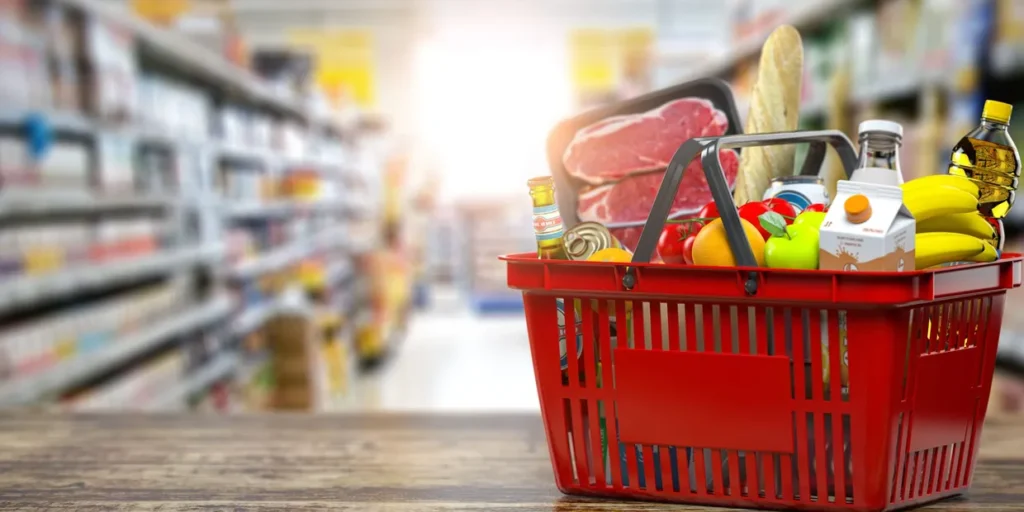In a world increasingly interconnected by technology, the application of innovative solutions to enhance food traceability is of extreme importance. However, the road to achieving robust traceability systems is fraught with complexities, including a lack of standardization, issues related to data quality, challenges surrounding technology adoption, and the persistence of paper-based record-keeping systems. This article delves into these intricacies to shed light on the multifaceted nature of implementing technology-driven food traceability.
Long-Standing Issues with Food Traceability
Lack of Standardization
One of the foremost complexities in the realm of food traceability technology is the lack of standardization. Across the global food supply chain, diverse stakeholders employ varying data formats and communication protocols, making it challenging to achieve a seamless exchange of information. The absence of standardized practices hinders the efficiency of traceability systems, making data sharing and interoperability a formidable challenge.
To address this issue, efforts are underway to establish standardized data formats and communication protocols. The implementation of uniform standards simplifies data exchange, ensuring that information flows seamlessly from one point in the supply chain to another. Standardization not only enhances efficiency but also reduces errors and ambiguities in data interpretation, making traceability systems more reliable and effective.
Lack of Clean Data
The success of any traceability system hinges on the quality of data it relies upon. The absence of clean, accurate, and complete data poses significant risks to traceability efforts. Incorrect or incomplete data can lead to false conclusions, misidentifications, and ineffective tracking of products. In the case of a food safety issue, reliance on erroneous data can have dire consequences.
To mitigate these risks, data quality management is paramount. This involves implementing rigorous data collection, validation, and cleansing processes. Data quality management ensures that the information entered into the traceability system is accurate and up-to-date. Additionally, it includes mechanisms for error detection and correction, minimizing the chances of data-related issues derailing the traceability process.
Technology Adoption
The application of technology to food traceability presents another layer of complexity, particularly for small-scale producers and stakeholders with limited resources. Small-scale farmers, for example, may lack the infrastructure and financial means to adopt advanced traceability technologies. The costs associated with the purchase and implementation of traceability systems, along with concerns regarding the learning curve, can be prohibitive.
To promote technology adoption across the entire supply chain, innovative solutions are emerging. These may include more affordable, user-friendly, and scalable technologies designed with small-scale producers in mind. Furthermore, education and training programs can help stakeholders navigate the adoption process, making technology more accessible and manageable for a broader range of participants in the food supply chain.
Paper-Based Systems
The persistence of paper-based record-keeping systems is a substantial challenge in the transition to digital traceability solutions. Paper-based systems are inherently limited in terms of efficiency, accuracy, and the ability to provide real-time information. The manual nature of paper records is not only time-consuming but also susceptible to human errors and data loss.
Transitioning to digital traceability systems offers numerous advantages, including improved data accuracy, faster data retrieval, and real-time monitoring capabilities. Digital systems also facilitate data sharing and remote access, simplifying collaboration across the supply chain. While the initial shift from paper to digital may require an investment in technology and training, the long-term benefits far outweigh the challenges.
How to Enable Traceability Within Your Organization
Putting Data First
When it comes to enhancing food traceability, the emphasis should be on data before the technology solutions. While technologies like blockchain, RFID, and universal barcodes have their place, they are only as effective as the data they rely upon. The foundation for effective traceability begins with clean, standardized master data and strong data partnerships across your supply base and distribution centers.
Clean Master Data and Data Partnerships
Data partnerships are equally crucial. Collaborating closely with all supply chain partners, from growers and manufacturers to distributors, retailers, and even logistics providers, is essential. These partnerships involve setting standards for data collection, sharing, and quality control. The aim is to create a cohesive and interconnected network of data that can be accessed and utilized by all stakeholders.
The Mechanisms: Blockchain, RFID, and Universal Barcodes
While data is the core of traceability, technology mechanisms play a vital role in its execution. Blockchain, for example, offers a secure, immutable ledger for recording transactions and data sharing. RFID technology enables real-time tracking of products, and universal barcodes simplify product identification and data access. However, these mechanisms only work effectively when integrated with clean, standardized data — something the industry historically lacks.
The Importance of Standardization
Standardizing data formats and communication protocols is key to ensuring that data can flow seamlessly throughout the supply chain. A universal language for data exchange allows for interoperability, making it possible for different stakeholders and technologies to communicate effectively. Standardization reduces errors, improves transparency, and minimizes misunderstandings.
To achieve comprehensive food traceability, it is crucial to focus on data quality and collaboration before diving into the implementation of specific technology solutions. Clean master data and data partnerships establish the groundwork for a reliable and efficient traceability system. Once this data foundation is in place, technologies like blockchain, RFID, and universal barcodes can be integrated to enhance traceability, creating a robust and transparent food supply chain that benefits consumers and the entire industry.

